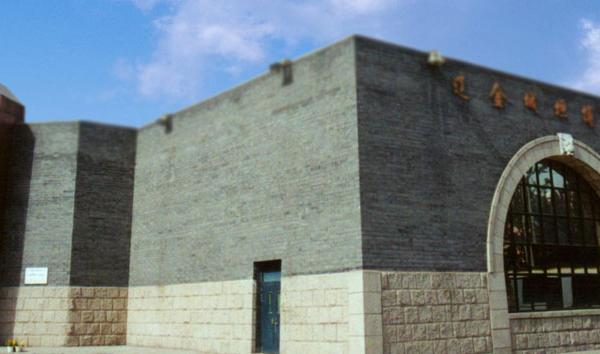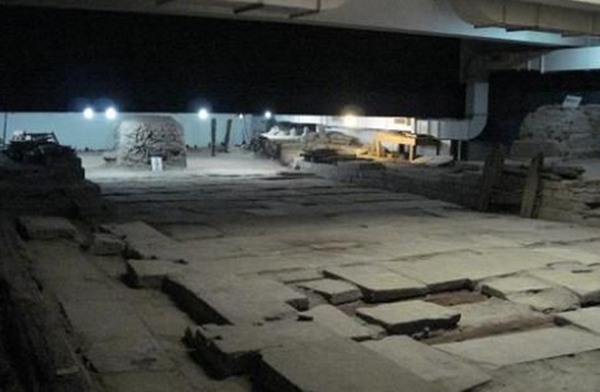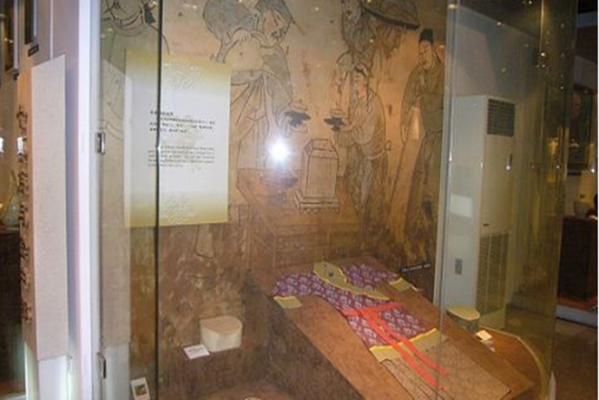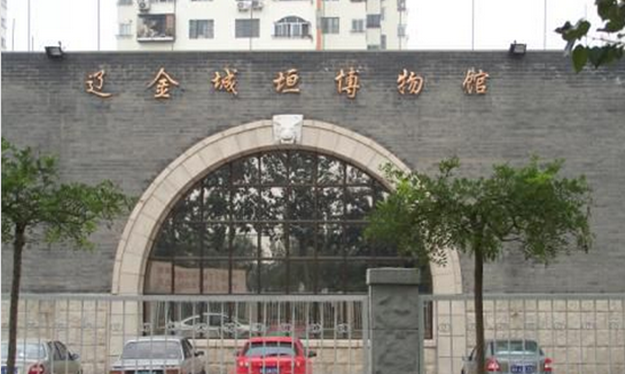Beijing Liao and Jin Dynasties’ City Walls Museum (北京辽金城垣博物馆)
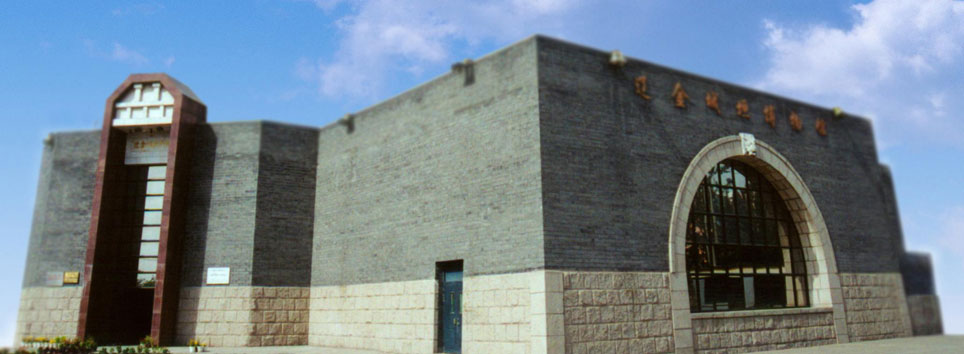
-
Type:
History -
Tel:
+86 10 63054991 -
Opening Hours:
9:00 - 16:00, closed on each Monday
Description
Beijing Liao and Jin Dynasties’ City Walls Museum (北京辽金城垣博物馆)
In 1990, the Jin Dynasty capital’s water pass ruins were discovered. After an official excavation, the government built up the Liao and Jin Dynasties’ City Walls Museum.
The ground layers of the water pass ruins totally consist of six layers, among which the third layer is divided into two A and B layers. In the A layer the blue and white porcelain pieces of the Qing Dynasty were excavated; and the B layer is the layers of the ground layers of the Ming and Qing Dynasties. Th...
Beijing Liao and Jin Dynasties’ City Walls Museum (北京辽金城垣博物馆)
In 1990, the Jin Dynasty capital’s water pass ruins were discovered. After an official excavation, the government built up the Liao and Jin Dynasties’ City Walls Museum.
The ground layers of the water pass ruins totally consist of six layers, among which the third layer is divided into two A and B layers. In the A layer the blue and white porcelain pieces of the Qing Dynasty were excavated; and the B layer is the layers of the ground layers of the Ming and Qing Dynasties. The fourth layer belongs to that of the late Yuan Dynasty. The fifth layer is proved that of the late Jin Dynasty, where the pottery and porcelain items of the dynasty were discovered. In the sixth layer archaeologists have found bronze mirrors and a small number of porcelain pieces.
Bronze, pottery, porcelain and stone items have been excavated at the site, but nearly all of them are not intact.
The water pass ruins are currently preserved at the bottom of the water pass buildings. The remained parts of the water pass consist of different stone walls and dirt city walls and are as long as 47.4 meters. The building time of the water pass should be during the time when the capital of the Jin Dynasty was being constructed (1151 A.D. - 1153 A.D.). Deduced from the excavated cultural relics, the buildings of the water pass were probably destroyed in the middle and late Yuan Dynasty.
The discovery of the Jin Dynasty’s water pass can help experts basically recover the source, flowing direction and location of an important water system of the capital city of the Jin Dynasty in ancient China. This also proves that the construction of the capital city was virtually based on the official building method of the Song Dynasty’s Bianjing (the capital of the Song Dynasty before the Jin Dynasty). The ruins of the water pass are very important legacies left by China’s ancient capitals’ drainage systems, and this is quite important for researching the historical geography of Beijing.
